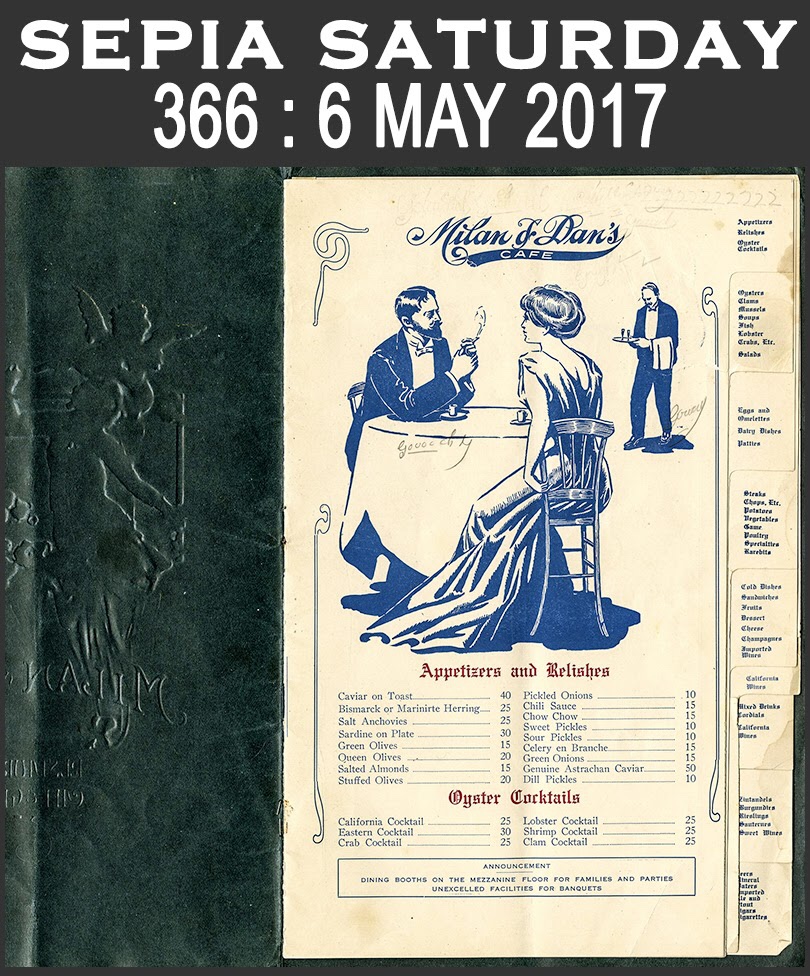I don't know of a serious baseball player in my family. I loved the sport and had fun playing it in junior high school. My career ended after ninth grade as I wasn't serious enough to practice and I developed other interests. The point being, I have no photos in my collection to match the prompt.
One baseball memory that persists in my aging brain is when at eight or nine years, I got whacked in the head by a batter, during his wind-up. I can remember falling down and seeing stars but that's where the memory stops. I've read that one sees stars after a whack like mine because the occipital lobe, which processes sight, bangs up against the skull. You can replicate the same effect when you press your eyeballs hard.
What did catch my eye in the prompt was the base the batter is standing at. It looks like a piece of newspaper, hardly similar to the home base we know today which may help to date the photo. I read on the website www.todayifoundout.com that prior to 1899, the rules regarding home plate were extremely loose. Any object round in nature could serve as home base. At times, even a dish served as home base, which some think may have led to the alternate name–home plate.
The base in front of our batter isn't even round which leads one to think that the person in the photo wasn't a ball player at all . . . but dressed up only for the photo.
More from www.todayifoundout.com
"The irregular pentagon shape of home base that we know and love today was developed by Robert Keating and introduced as a viable option for the 1900/1901 baseball season. Robert Keating was an amateur pitcher for the Baltimore Orioles. His less than stellar performance in the single game he pitched for the Orioles did nothing for his baseball career, especially since an arm injury ended his days as a pitcher- but not the impact he had on the game. Off the field, Keating became an inventor. Best known for his shaving devices, bicycle wheels, and motorcycles, Keating also, as mentioned, developed the irregular pentagon-shaped home base. Despite this, in Keating’s January 21, 1922 New York Times obituary, his contributions to baseball, both on and off the field, were not mentioned.
The rear corners, which extend to a point, are made to be perpendicular to the first and third base lines. The biggest advantage of the new shape was that it made the edges of the strike zone more visible to pitchers and umpires and, therefore, improved the consistency of calling strikes.

Beyond the shape, although rubber had been occasionally used prior to this, the new design specifically required home plate be made of rubber. Keating’s reasons for picking rubber here were that the springy nature of a rubber base would give base runners a bounce to their step when they took off for first base; it would not harshly vibrate the batter’s hands when he struck the base with the end of his bat; and it would prevent severe injuries from occurring when base runners base slid into home.
So, in the end, home base is primarily shaped differently than the other bases because its purpose is different. Whereas other bases are used primarily for base runners, home plate has an added use in being essential in determining the strike zone."
Hit a nice long drive over to Sepia Saturday to read about other Sepians baseball memories.














